Pharmaceutical Raw Materials Pregabalin Intermediate Treats Epilepsy 148553-50-8 With Safe Pass
FALL: 148553-50-8
MF: C8H17NO2
MW: 159.23
Assay: 99%
Aussehen: Weißes Kristallpulver
Paket: 25kg / Straße
Verwendung: Neue Antiepileptika. Verwendet in der Behandlung von peripherer Neuropathie, or partial seizures
Pregabalin COA:
| ARTIKEL |
STANDARDS |
ERGEBNISSE |
| Aussehen |
A white to off white powder |
weißes Puder |
| Identifizierung |
EIN. Meets the requirement |
Entspricht |
| B. IR: similar to Reference Substance |
Entspricht |
| Trocknungsverlust |
≤0,5 % |
0.21% |
| Spezifische Drehung |
+10.0°~+13.0° |
+10.8° |
| Verwandte Substanzen |
Any single impurity ≤0.1%
Total impurity ≤0.8% |
0.05%
0.10% |
| Purity By HPLC R-isomer |
≤0,15 % |
0.10 |
| Glührückstand |
≤0,1 % |
0.05% |
| Restlösungsmittel |
Isopropyl alcohol ≤5000ppm
Ethyl Acetate ≤5000ppm |
150ppm
250ppm |
| Schwermetalle |
≤10ppm |
Entspricht |
| Chlorides |
≤0,05 % |
Entspricht |
| Assay |
98%~102,0 % |
99.8% |
Pregabalin Usage:
Pregabalin ist ein Antikonvulsivum, das bei neuropathischen Schmerzen eingesetzt wird, als Zusatztherapie bei partiellen Anfällen, und bei generalisierter Angststörung. Es wurde als potenterer Nachfolger von Gabapentin entwickelt.
Pregabalin ist ein Antikonvulsivum, das bei neuropathischen Schmerzen eingesetzt wird, als Zusatztherapie bei partiellen Anfällen, und bei generalisierter Angststörung. Es wurde als potenterer Nachfolger von Gabapentin entwickelt. Pregabalin is marketed by Pfizer under the trade nam.
Treatment by Condition Related to pregabalin:
Additional Medication to Treat Partial Seizures Medications
Neuropathic Pain Medications
Nerve Pain from Spinal Cord Injury Medications
Nerve Pain after Herpes Medications
Disorder characterized by Stiff, Tender & Painful Muscles Medications
Recommended Local Anesthetics Drugs
| Lidocain-Basis |
137-58-6 |
| Lidocaine Hydrochloride |
73-78-9 |
| Benzocaine 20~50mesh |
94-09-7 |
| Benzocaine 200mesh |
94-09-7 |
| Benzocaine Hydrochloride |
23239-88-5 |
| Procain |
59-46-1 |
| Procainhydrochlorid |
51-05-8 |
| Tetracain |
94-24-6 |
| Tetracainhydrochlorid |
136-47-0 |
| Prilocain |
721-50-6 |
| Propitocaine Hydrochloride |
1786-81-8 |
| Bupivacain |
2180-92-9 |
| Bupivacaine Hydrochloride |
14252-80-3 |
| Pramoxinhydrochlorid |
637-58-1 |
| Dibucaine Hydrochloride |
61-12-1 |
| Articaine Hydrochloride |
23964-57-0 |
| Levobupivacaine Hydrochloride |
27262-48-2 |
| Ropivacaine Hydrochloride |
132112-35-7 |
| Proparacaine Hydrochloride |
5875-06-9 |
| Dyclonine Hydrochloride |
536-43-6 |
| Articaine |
23964-58-1 |
| Procainamide Hydrochloride |
614-39-1 |
| Xylazine hcl |
23076-35-9 |
| Xylazine |
7361-61-7 |
Antiepileptic Drus and Therapeutic Drugs for Neuropathic Pain:
Pregabalin is a new antiepileptic drug, having a γ-amino butyric acid structure on its molecular structure, which has anticonvulsant effects, and is successfully developed by the company Pfizer for the treatment of peripheral neuropathic pain, or adjuvant treatment of partial seizures.
In December 2008, the US Food and Drug Administration (FDA) approved pregabalin (trade name “Lyrica”) for the treatment of diabetic peripheral neuropathic pain (DPN) and postherpetic neuralgia (PHN)which are Both the most common neuropathic pains.
Neuropathic pain is one of the most difficult chronic pain syndromes to treat , dull pain, Verbrennung, tingling as the main feature, there are a lot of incentives of neuralgia, diabetes, infections (such as herpes zoster), cancer and AIDS, etc. can cause neurological pain, in Europe about 3% of the population suffer from neuralgia torture.






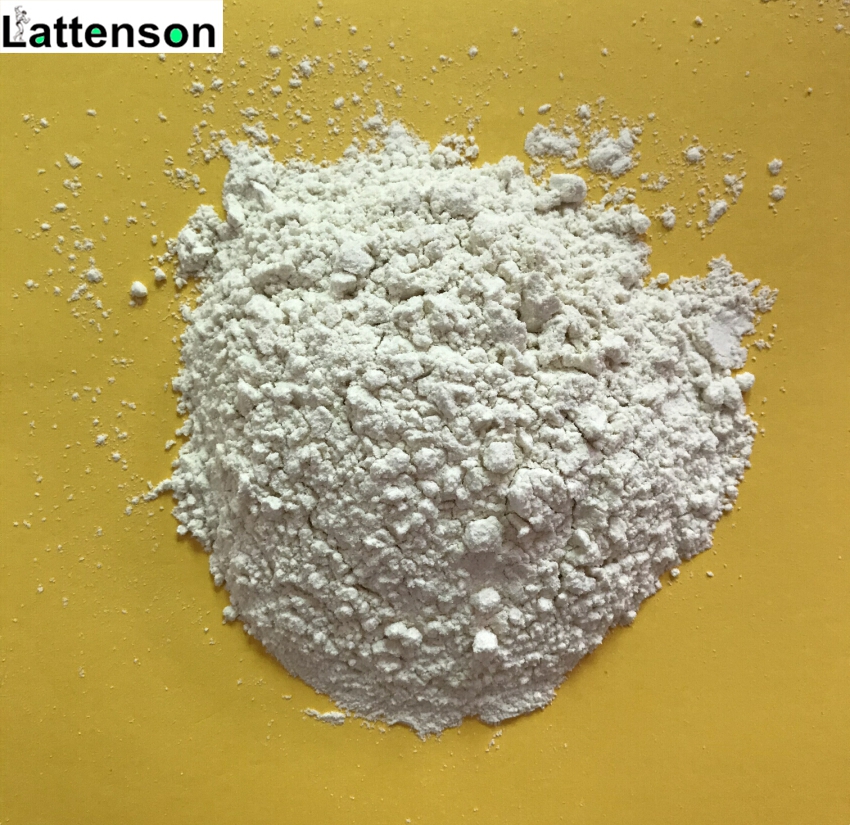
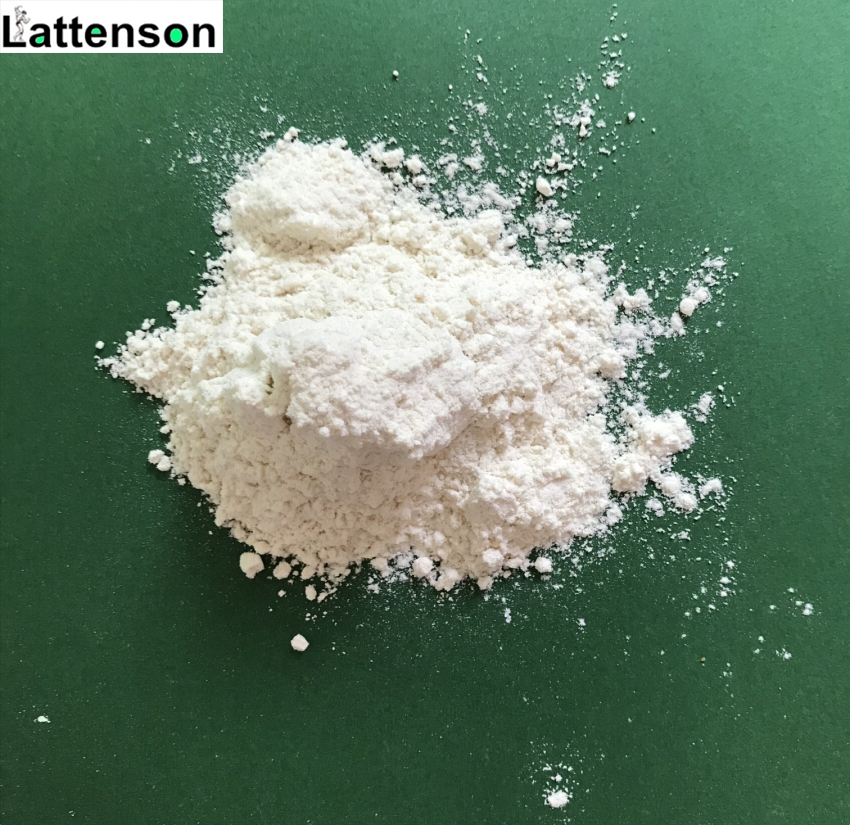
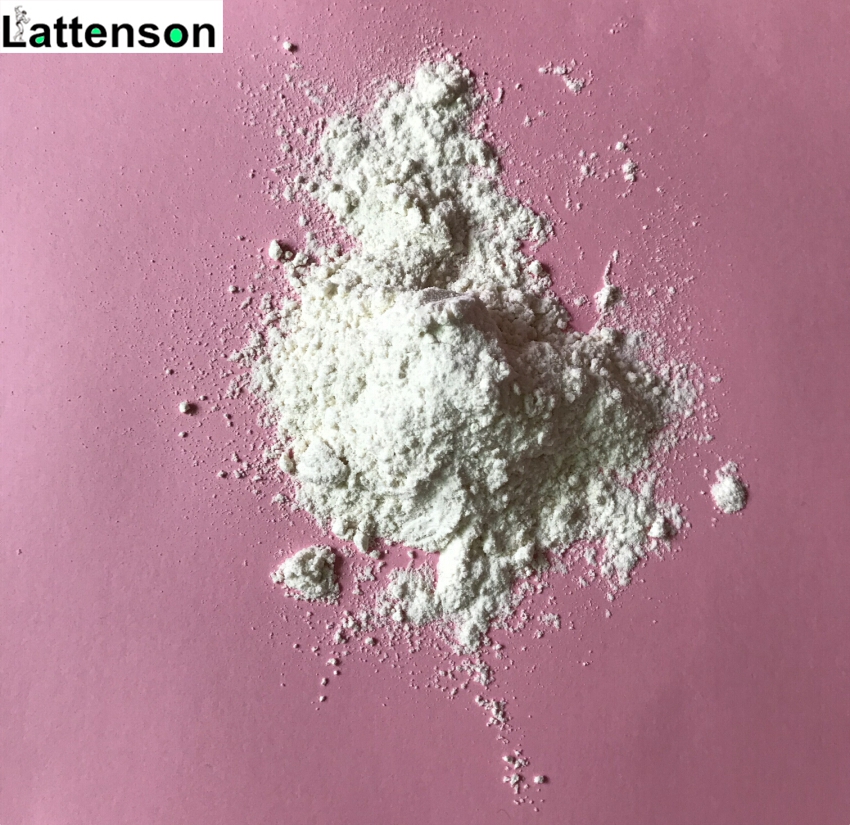
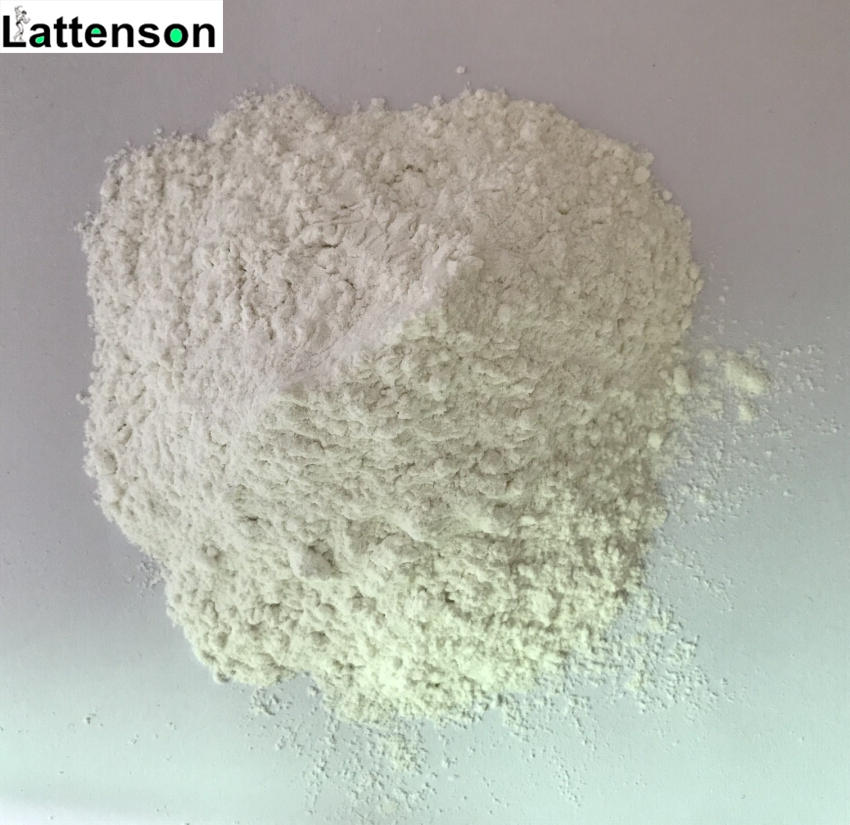
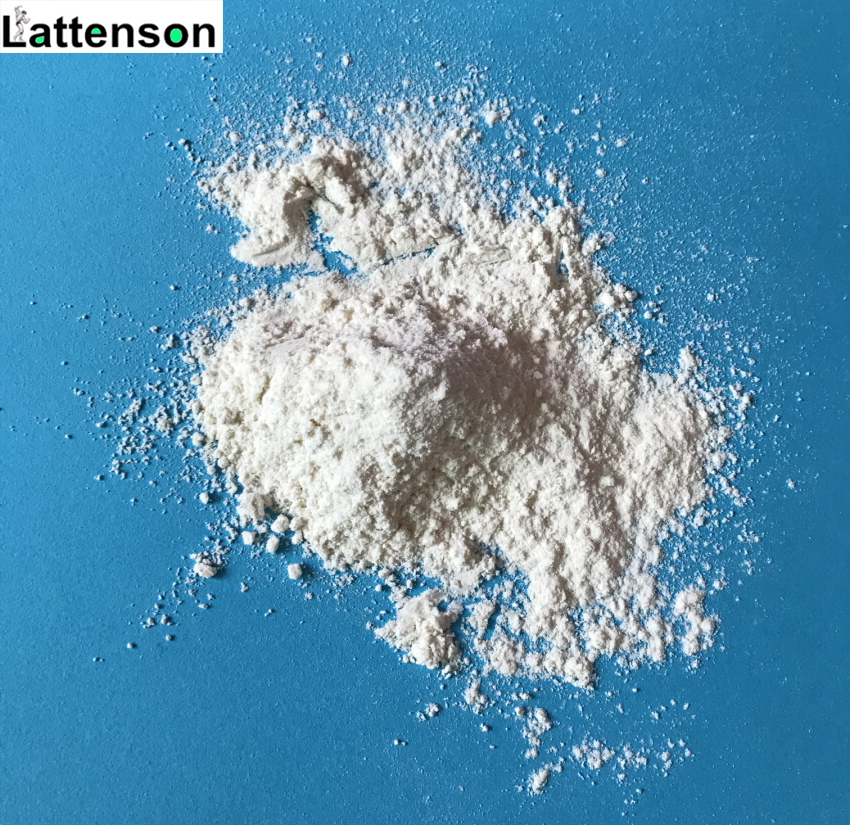



 Verkaufsleiter
Verkaufsleiter